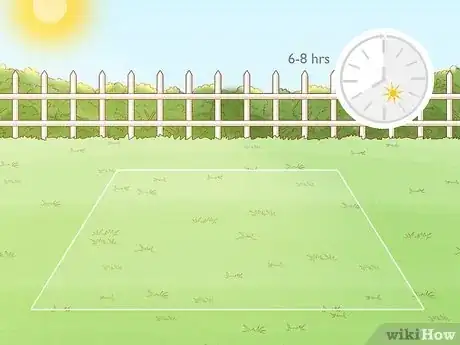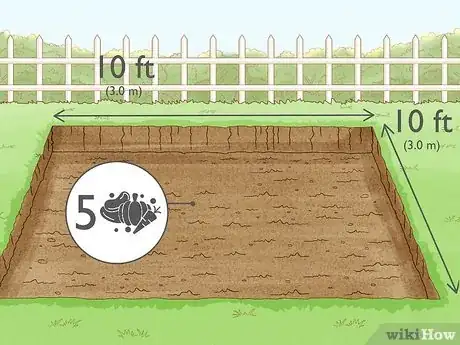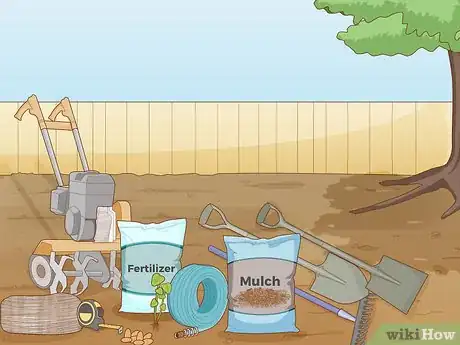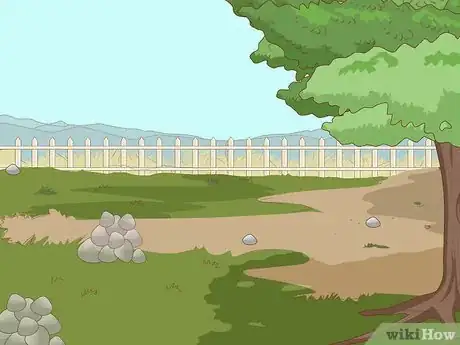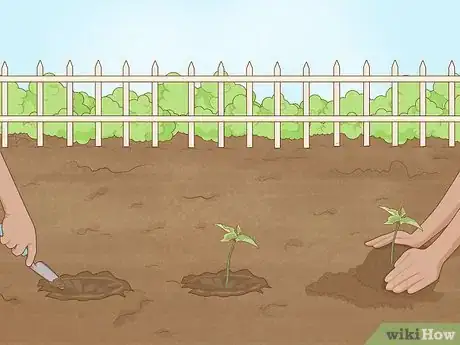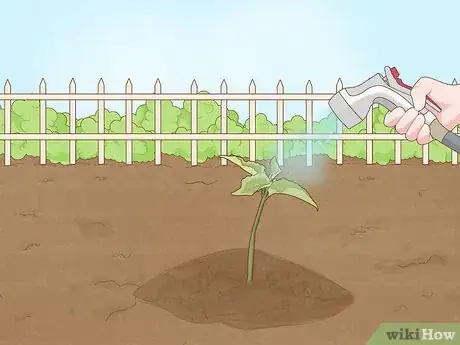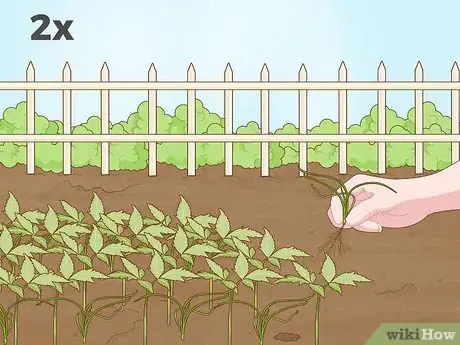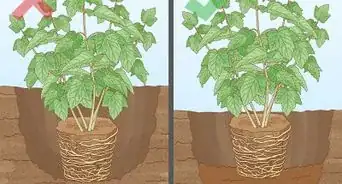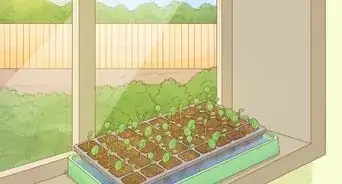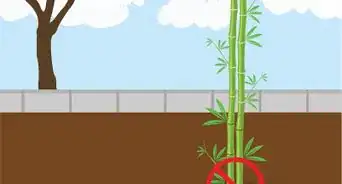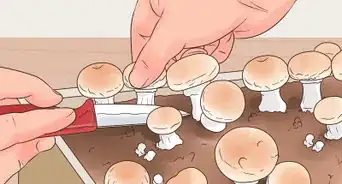This article was co-authored by Andrew Carberry, MPH and by wikiHow staff writer, Jessica Gibson. Andrew Carberry is a Food Systems Expert and the Senior Program Associate at the Wallace Centere at Winrock International in Little Rock, Arkansas. He has worked in food systems since 2008 and has experience working on farm-to-school projects, food safety programs, and working with local and state coalitions in Arkansas. He is a graduate of the College of William and Mary and holds a Masters degree in public health and nutrition from the University of Tennessee.
There are 8 references cited in this article, which can be found at the bottom of the page.
wikiHow marks an article as reader-approved once it receives enough positive feedback. In this case, 90% of readers who voted found the article helpful, earning it our reader-approved status.
This article has been viewed 72,714 times.
So you've decided to grow a garden? It's a lot easier than you might think! The first step is to figure out what you want to grow, then provide the right accommodations for your plants—think soil, sunlight, and water. In this article, we'll walk you through each gardening step, so you know exactly how to plant a garden.
Steps
Community Q&A
-
QuestionAre there any vegetables I cannot plant side by side?
 DonaganTop AnswererMany vegetables have certain other plants with which they are incompatible as neighbors. See a list at NaturalLivingIdeas.com/incompatible-plants.
DonaganTop AnswererMany vegetables have certain other plants with which they are incompatible as neighbors. See a list at NaturalLivingIdeas.com/incompatible-plants.
Things You’ll Need
- Gardening gloves
- Small spade
- Watering can or hose
- Shovel
- Rake
- String and stakes, optional
- Fertilizer or compost, optional
- Fencing supplies, optional
References
- ↑ https://content.ces.ncsu.edu/home-vegetable-gardening-a-quick-reference-guide
- ↑ https://todayshomeowner.com/choosing-the-right-size-vegetable-garden/
- ↑ https://www.canr.msu.edu/resources/how_to_plant_vegetables_tip_sheet
- ↑ https://web.extension.illinois.edu/vegguide/step02.cfm
- ↑ https://www.purdue.edu/hla/sites/yardandgarden/advice-for-first-time-gardeners-start-small/
- ↑ https://web.extension.illinois.edu/vegguide/step05.cfm
- ↑ https://content.ces.ncsu.edu/home-vegetable-gardening-a-quick-reference-guide
- ↑ https://content.ces.ncsu.edu/home-vegetable-gardening-a-quick-reference-guide
- ↑ https://web.extension.illinois.edu/vegguide/step06.cfm
About This Article
Once you’ve decided where to plant your garden, mark the corners area with rocks, flags, or stakes to show the boundaries. Remove any rocks, sticks, roots, or big weeds from the garden, then use a soil tiller or a garden fork and rake to break the ground into small pieces. Work the soil to a depth of about 12 inches, and mix in any compost or fertilizer you are using. Using a spade, dig holes for your seedlings, making sure to plant them at the correct depth for each plant. Water your garden each morning, and remove any weeds at least twice a week. For more tips from our Gardener reviewer, including how to choose plants that will complement your garden, read on!
